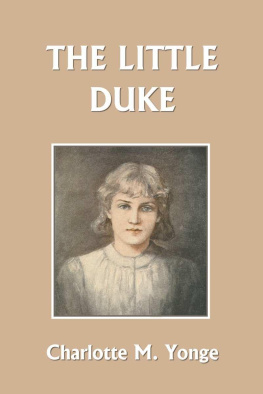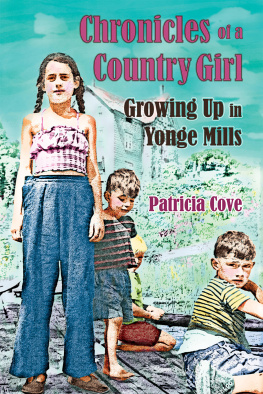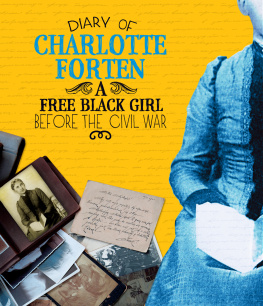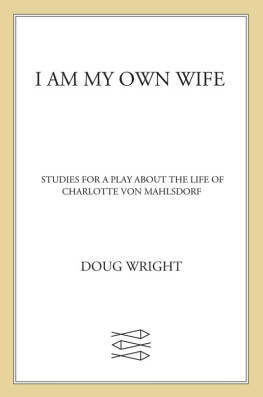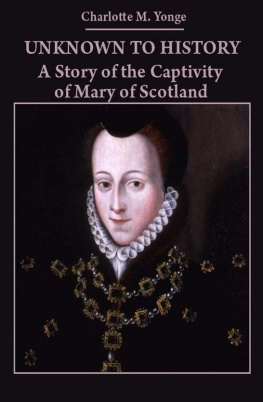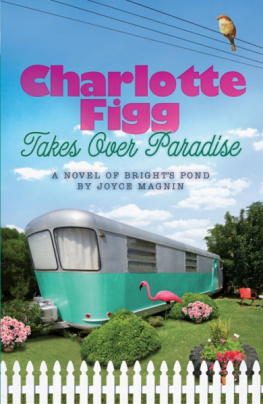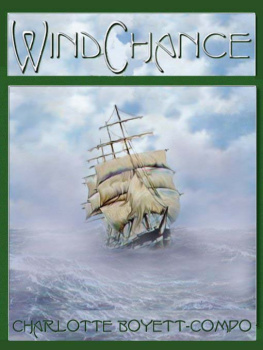The Old Church
Table of Contents
Some of us can still remember the old Church and the old Sunday habits prevailing before 1830. The Churchyard was large and very pretty, though ill kept, surrounded with a very open railing, and with the banks sloping towards the water meadows clothed with fine elm treesone with a large and curious excrescence on the bark. There was a deep porch on the south side of the Church, with seats on each side. Then, on red tiles, one entered between two blocks of pews of old brown unpainted oak (their doors are panels to the roof of the boys school). In the space between them were two or three low benches for the children. There were three arches leading to the chancel, but that on the south side was closed by the pulpit and reading desk, and that on the north by a square pew belonging to Cranbury. Within the chancel on the north side was a large pew lined with red, belonging to Cranbury, and on the south, first the clerks desk, then a narrow seat of the clergymans, and then a large square pew. Boys in the morning and men in the afternoon used to sit on the benches placed outside these, and beyond was the rail shutting in the Altar, which was covered with red cloth, and stood below a large window, on each side of which were the Commandments in yellow letters on a blue ground, and on the wall were painted the two texts, The Cup of Blessing, is it not the Communion of the Blood of Christ? and The Bread which we break, is it not the Communion of the Body of Christ? The vestry was built out to the north, and was entered from the sanctuary.
Further space was provided by two galleries, one on the north side, supported on iron poles, and entered from the outside by a step ladder studded with large square-headed nails to prevent it from being slippery. The other went across the west end, and was entered by a dark staircase leading up behind the pews, which further led to the little square weather-boarded tower containing two beautifully toned bells. These were rung from the outer gallery where the men sat. There was a part boarded off for the singers. The Font was nearly under the gallery. It was of white marble, and still lines our present Font. Tradition says it was given by a former clerk, perhaps Mr. Fidler, but there is no record of it. An older and much ruder Font was hidden away under the gallery stairs close to an old chest, where women sometimes found a seat, against the west wall.
In those days, now more than half a century ago, when Archdeacon Heathcote was Vicar, he or his Curate used to ride over from Hursley on Sunday for the service at Otterbourne. There was only one service, alternately in the morning and afternoon, at half-past ten or at three, or in the winter at half-past two. The time was not much fixed, for on a new comer asking when the service would take place, the answer was at half-past two, sir, or at three, or else no time at all, by which was meant no exact hour or half-hour. This uncertainty led to the bells never being rung till the minister was seen turning the corner of Kiln-lane, just where the large boulder stone used to be. The congregation was, however, collecting, almost all the men in white smocks with beautifully worked breasts and backs, the more well-to-do in velveteen; the women in huge bonnets. The elder ones wore black silk or satin bonnets, with high crowns and big fronts, the younger ones, straw with ribbon crossed over, always with a bonnet cap under. A red cloak was the regular old womens dress, or a black or blue one, and sometimes a square shawl, folded so as to make a triangle, over a gown of stuff in winter, print in summer. A blue printed cotton with white or yellow sprays was the regular week day dress, and the poorest wore it on Sundays. The little girls in the aisle had the like big coarse straw bonnets, with a strip of glazed calico hemmed and crossed over for strings, round tippets, and straight print frocks down to their feet. The boys were in small smocks, of either white or green canvas, with fustian or corduroy jackets or trowsers below, never cloth. Gloves and pocket handkerchiefs were hardly known among the children, hardly an umbrella, far less parasols or muffs. Ladies had pelisses for out-of-door wear, fitting close like ulsters, but made of dark green or purple silk or merino, and white worked dresses under them in summer.
Well, the congregation got into Churchthree families by the step ladder to one gallery, and the men into another, where the front row squeezed their knees through the rails and leant on the top bar, the rest of the world in the pews, and the children on benches. The clerk was in his desk behind the reading deskgood George Oxford, with his calm, good, gentle face, and tall figure, sadly lame from rheumatism caught when working in the brick kilns. His voice was always heard above the others in the responses, but our congregation never had dropped the habit of responding, and, though there was no chanting, the Amens and some of the Versicles used to have a grand full musical sound peculiar to that Church. People also all turned to the east for the Creed, few knelt, but some of the elder men stood during the prayers, and, though there was far too much sitting down during the singing, every body got up and stood, if Hallelujah occurred, as it often did in anthems.
There were eight or ten singers, and they had a bassoon, a flute, and a clarionet. They used to sing before the Communion Service in the morning, after the Second Lesson in the afternoon, and before each Sermon. Master Oxford had a good voice, and was wanted in the choir, so as soon as the General Thanksgiving began, he started off from his seat, and might be heard going the length of the nave, climbing the stairs, and crossing the outer gallery. Sometimes he took his long stick with him, and gave a good stripe across the straw bonnet of any particularly naughty child. In the gallery he proclaimedLet us sing to the praise and glory of God in the Psalm, then giving the first line.
The Psalms were always from the New or Old Versions. A slate with the number in chalk was also hung out23 O.V., 112 N.V., as the case might be. About four verses of each were sung, the last lines over and over again, some very oddly divided. For instance
Shall fix the place where we must dwell,
The pride of Jacob, His delight,
was sung thus:
The pride of Jathe pride of Jathe pride of Ja (at least three times before the line was ended).
But rough as these were, some of these Psalms were very dear to us all, specially the old twenty-third:
My Shepherd is the living Lord,
Nothing, therefore, I need,
In pastures fair, by pleasant streams
He setteth me to feed.
He shall convert and glad my soul,
And bring my soul in frame
To walk in paths of holiness,
For His most Holy Name.
I pass the gloomy vale of death,
From fear and danger free;
For there His guiding rod and staff
Defend and comfort me.
Another much-loved one was the 121st:
To Zions hill I lift my eyes,
From thence expecting aid,
From Zions hill and Zions God,
Who heaven and earth hath made.
Sheltered beneath the Almightys wings,
Thou shall securely rest,




